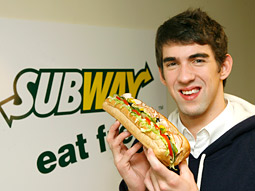
While reading Kat’s blog about the meal she prepared and her agreement with Michael Pollan, I kept thinking, “Wow, this chick can cook!” Not every girl I meet knows how to cook a steak. I always thought that part of cooking a meal was the man’s responsibility, but apparently not anymore. Kat clearly points out that she used no processed foods in the meal she made, which in the article she has linked to, tells just how bad these processed foods are for our bodies. Throughout Kat’s blog, everything was clearly described and pointed out. Even little details such as how long it took to cook each part of the meal she made and what not.
I do agree with Kat’s stance on processed foods, which is the same as Michael Pollan’s views. Processed foods are one of the main causes behind the Western diet’s chronic diseases associated with it. Those who eat processed foods eat them because they are easily found and do not take long to make. Although these processed foods are easily eaten, they are not good for us at all. They are made with many chemicals and “nutrients” that have all been developed at a lab, which are not usually found in nature. These foods are referred to as “fake foods” by Michael Pollan, and he goes on to say, in order to change our diet and the health problems associated with it, we need to move towards ‘real foods.”








